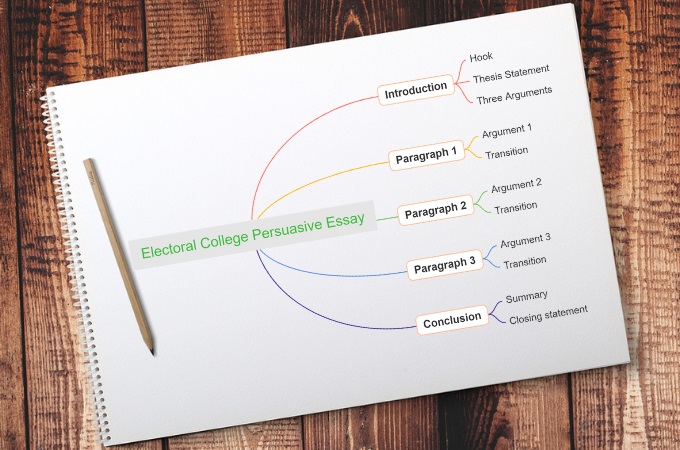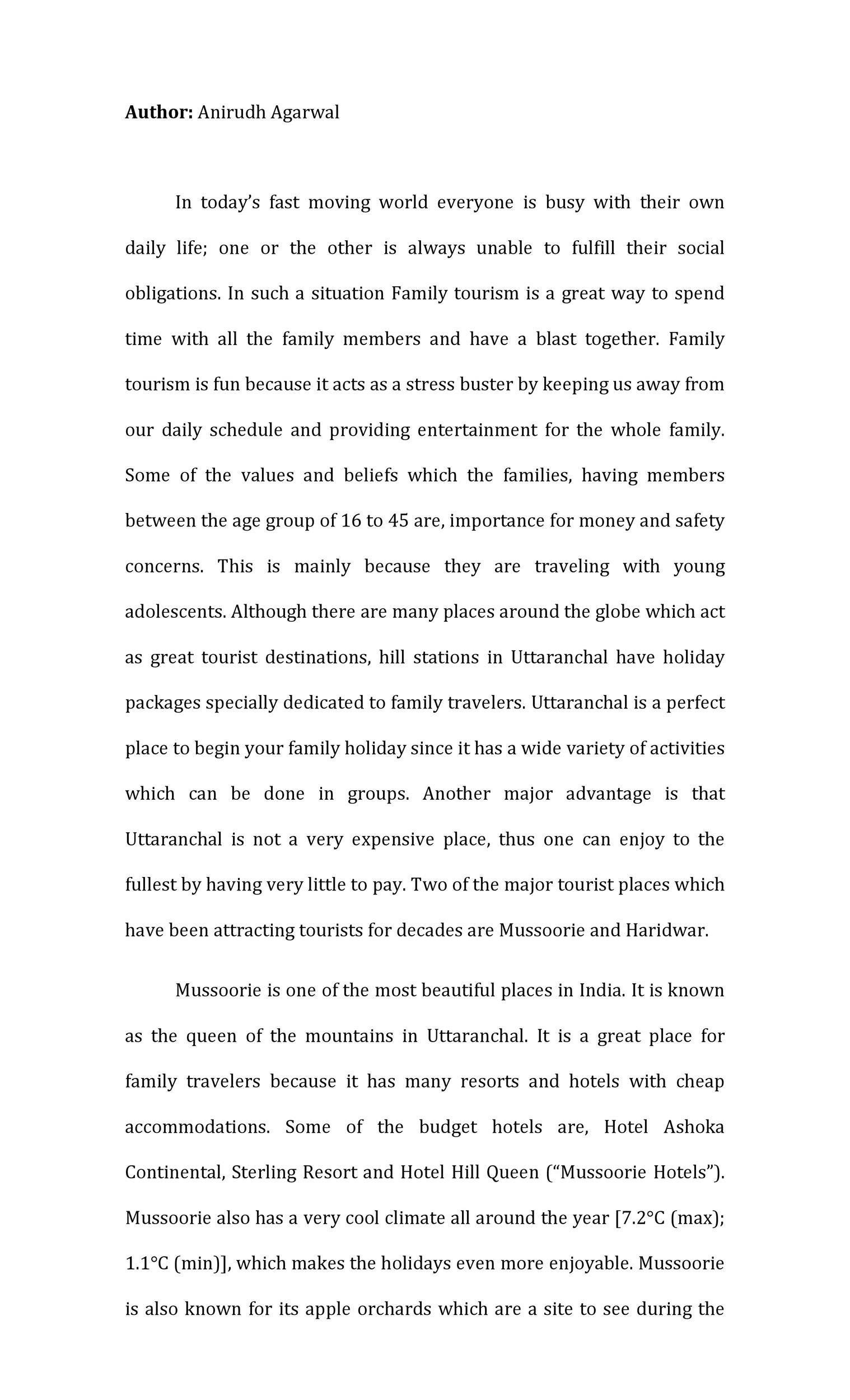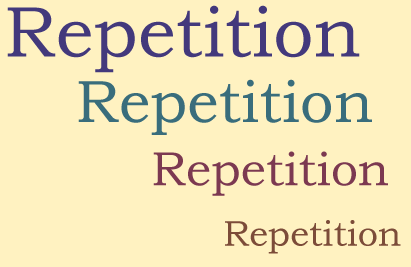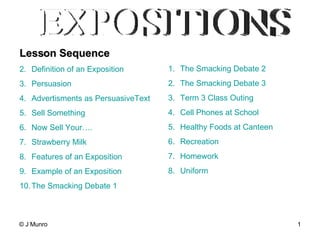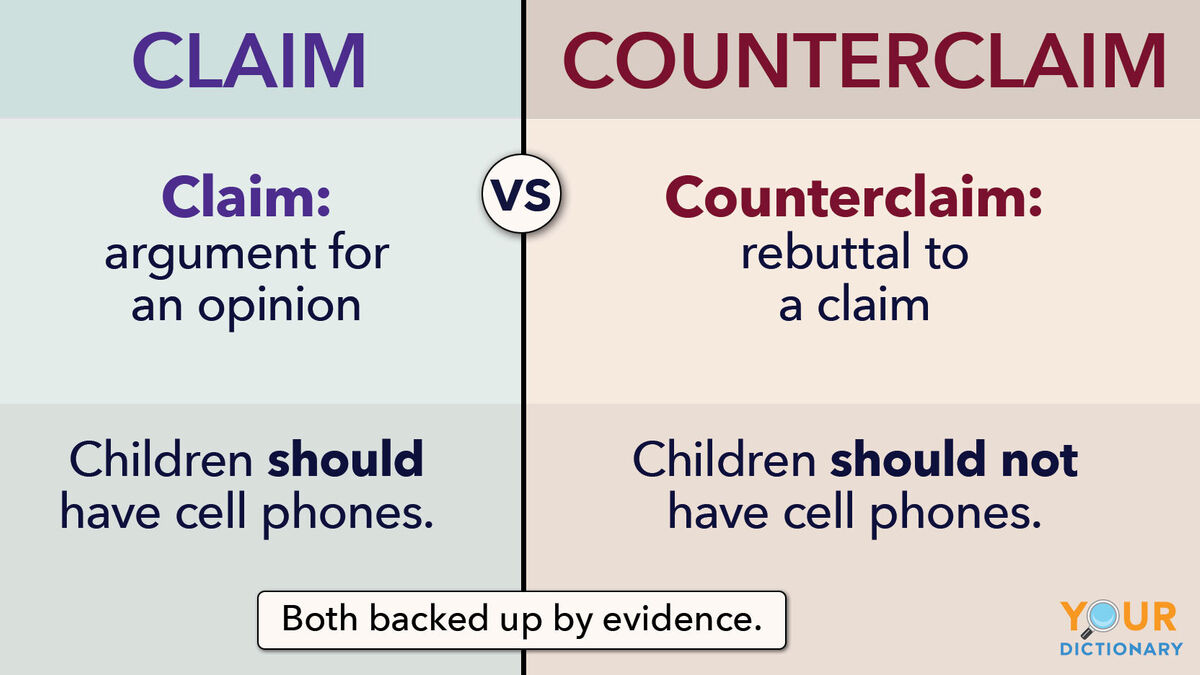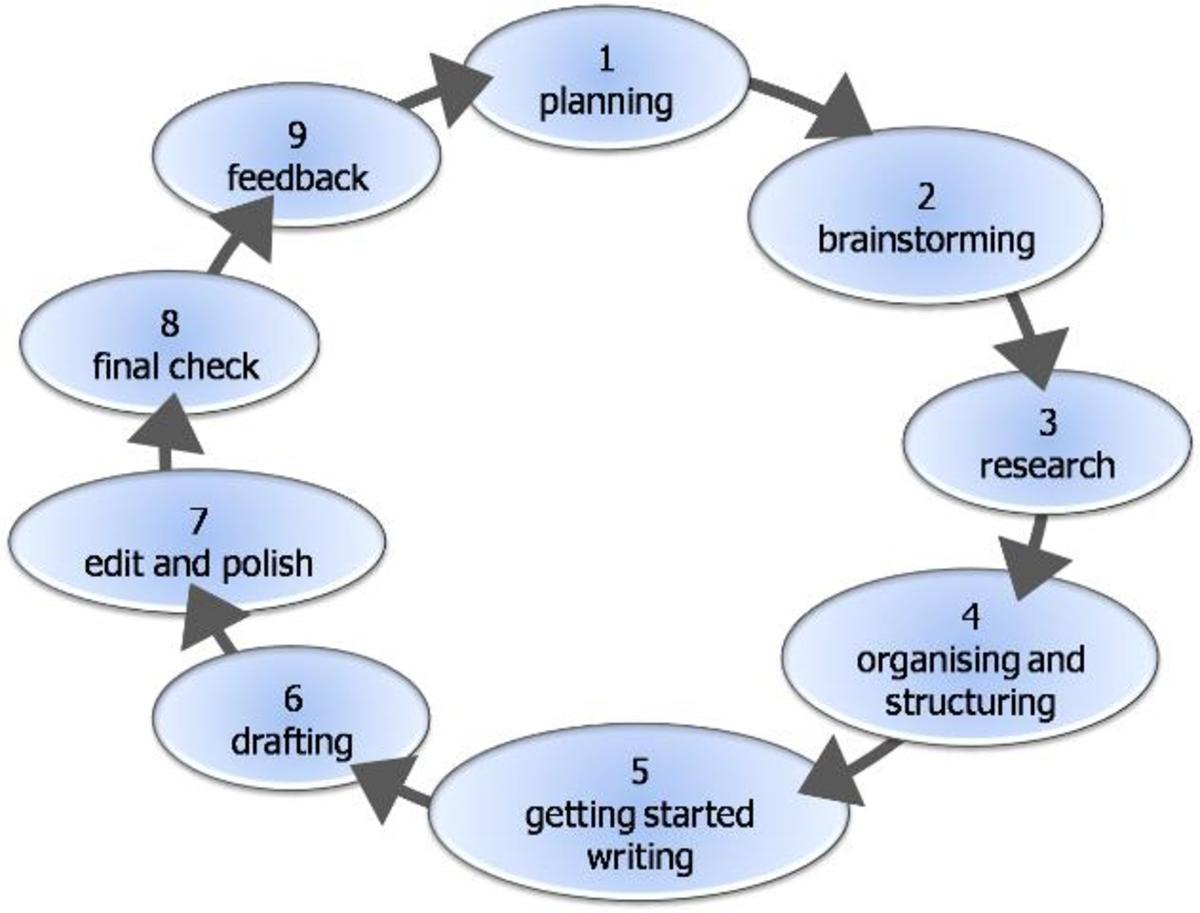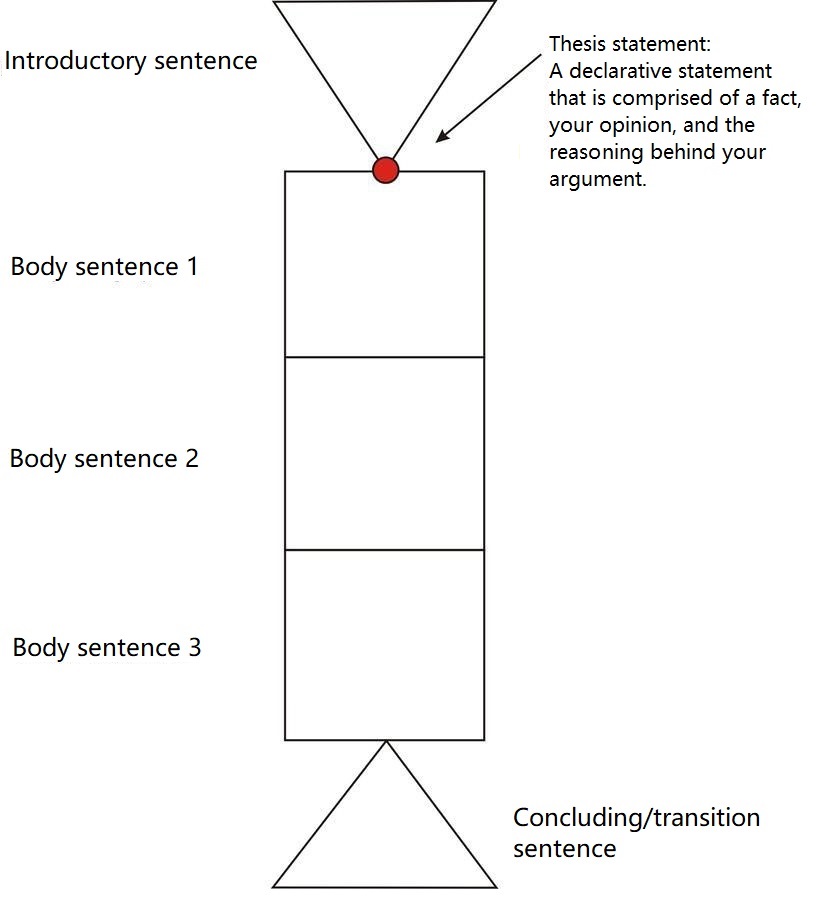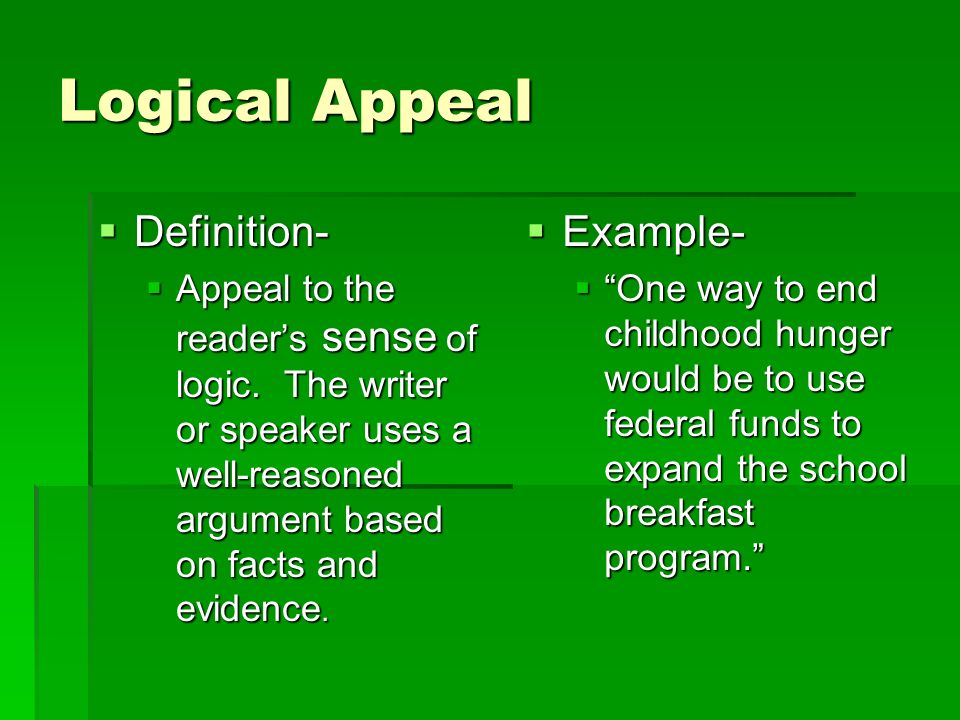Persuasive writing is a type of writing that aims to convince the reader or audience to accept a particular point of view or take a certain action. It is often used in advertising, politics, and argumentative essays or speeches.
A persuasive writer uses various techniques to appeal to the reader's emotions, logic, and credibility. These techniques include using strong and clear language, providing evidence and examples, and appealing to the reader's values or self-interest.
One example of persuasive writing is an advertisement for a new product. The writer of the ad might use persuasive language to describe the benefits of the product and how it will improve the reader's life. They might also use emotive language to appeal to the reader's feelings, such as using words like "luxurious" or "indulgent" to describe a beauty product.
Another example of persuasive writing is a political speech. In this case, the speaker might use logical arguments and evidence to support their position on a particular issue, such as gun control or healthcare reform. They might also use rhetorical devices, such as repetition and rhetorical questions, to strengthen their argument and persuade the audience to support their position.
In an argumentative essay, a writer might use persuasive techniques to argue for or against a particular topic. For example, an essay arguing for stricter gun control laws might provide evidence of the impact of gun violence on communities and use emotive language to appeal to the reader's sense of empathy and compassion.
Overall, persuasive writing is a powerful tool that can be used to convince others to adopt a particular perspective or take a certain action. By using strong language, evidence, and rhetorical devices, writers can effectively persuade their readers or audience to support their point of view.

